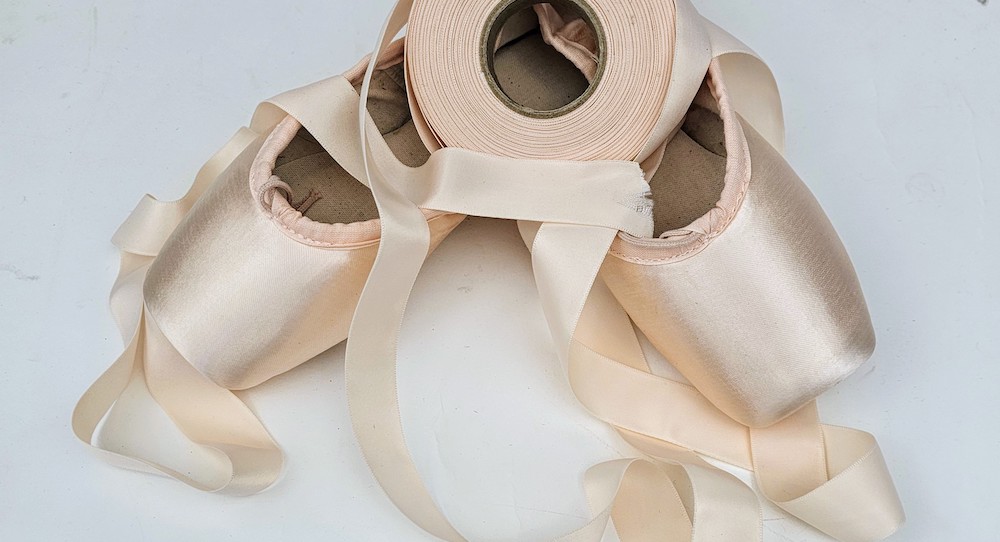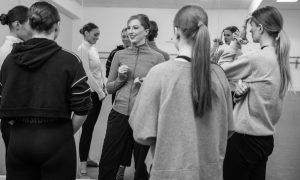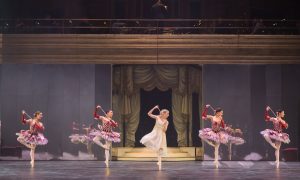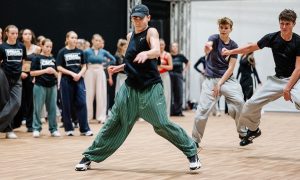In ballet, the smallest details can be the most important. In pointe shoes, strips of fabric tied around the ankle aren’t just for the elegant line; they are necessary to secure the foot in the shoe. For almost two centuries, ribbons on pointe shoes have anchored dancers to their art. They symbolise tradition and grace. As beautiful as they are, ribbons shouldn’t be an afterthought. Ribbons are an important part of footwear history and pointe work’s evolution.
In the 1600s, in France and across Europe, street shoes for men and women were often tied with ribbons. The practice depended on the style of the footwear and the occasion, with members of court wearing enormous bows. They also wore these silk and satin ribbons on shoes, as well as small fabric roses. Silver- or gold-lace-edged ribbons were another way to display wealth. Affordable fabrics were available as well; linen and wool allowed the non-noble classes to dress up their footwear. The stylish ribbon was not limited to formalwear but was used in daywear as well.
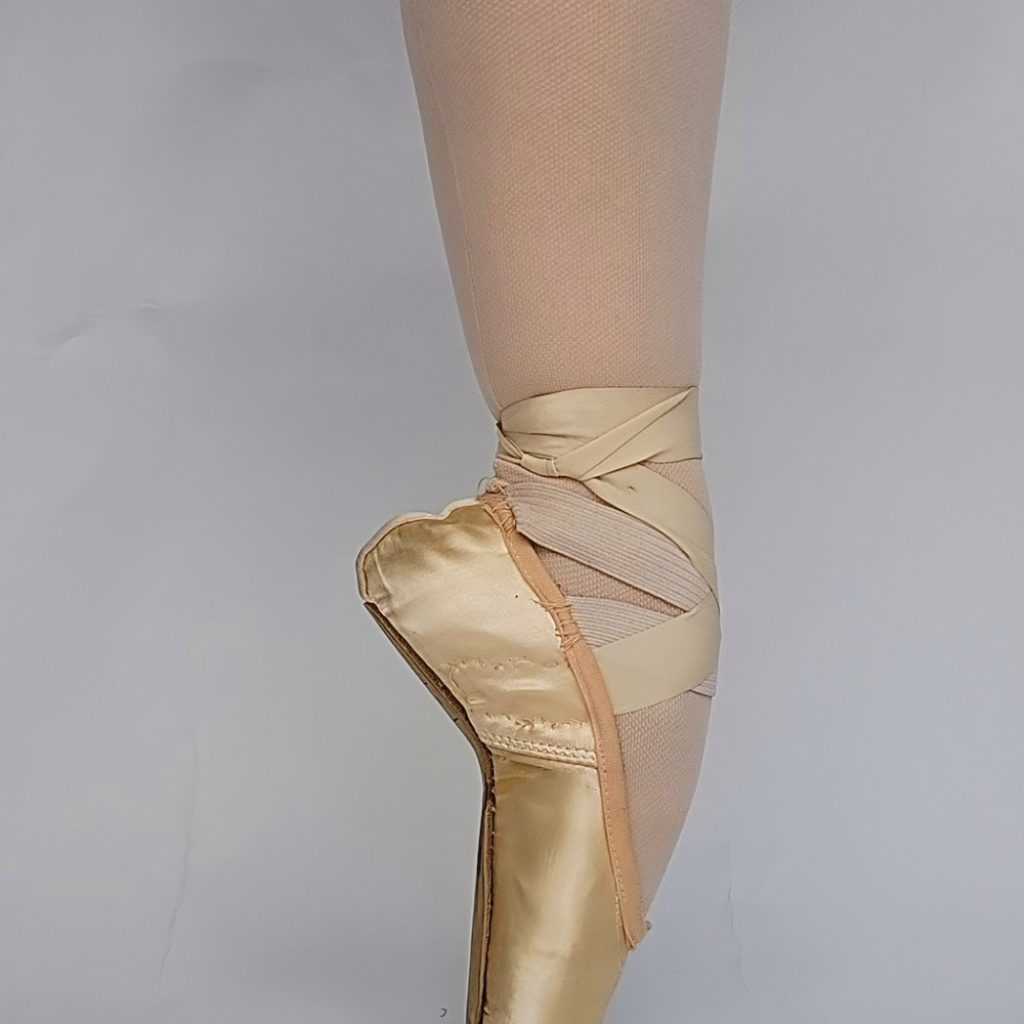
Ballet followed the fashion trends, and ribbons were a part of footwear in the 18th century. In the early 19th century, dancers first experimented with rising onto pointe. In the beginning, it was more like a parlour trick – they would linger for a moment and then come down. The dancers bound their feet and used slippers with darning on the tips, relying heavily on foot strength. Marie Taglioni is widely credited as the first woman to dance a full-length ballet en pointe, starring in her father’s ballet La Sylphide in 1832.
Later in the 19th century, Italian shoemakers created reinforced boxes and shanks, allowing for more daring technical feats. Italian ballerina Pierina Legnani was the first to execute 32 fouettés en pointe in the title role of Cinderella in St. Petersburg in 1893. The ribbons changed from being mostly decorative to becoming an essential way of securing the shoes.
The primary job of ribbons is to hold the foot in the shoe. They prevent the shoe from twisting off when the dancer rolls up and down. A secure ribbon means a secure relevé, especially in the crucial ¾ pointe work that is a necessary part of classical ballet. There is an important mechanical function to those lovely laces. Properly placed and sewn securely, ribbons distribute the load across the ankle and the side of the foot. This is more efficient than having the pressure focused on a few stitches or a small piece of elastic. The crisscrossing pattern of pointe shoe ribbons, when properly tied across the instep, echoes the paths of major tendons – particularly the tibialis anterior and posterior – that support the arch and stabilise the ankle. While there are no scientific studies confirming that ribbons function like tendons, many dancers anecdotally describe the snug embrace of a well-tied ribbon as giving them a sense of security during challenging technical moves.
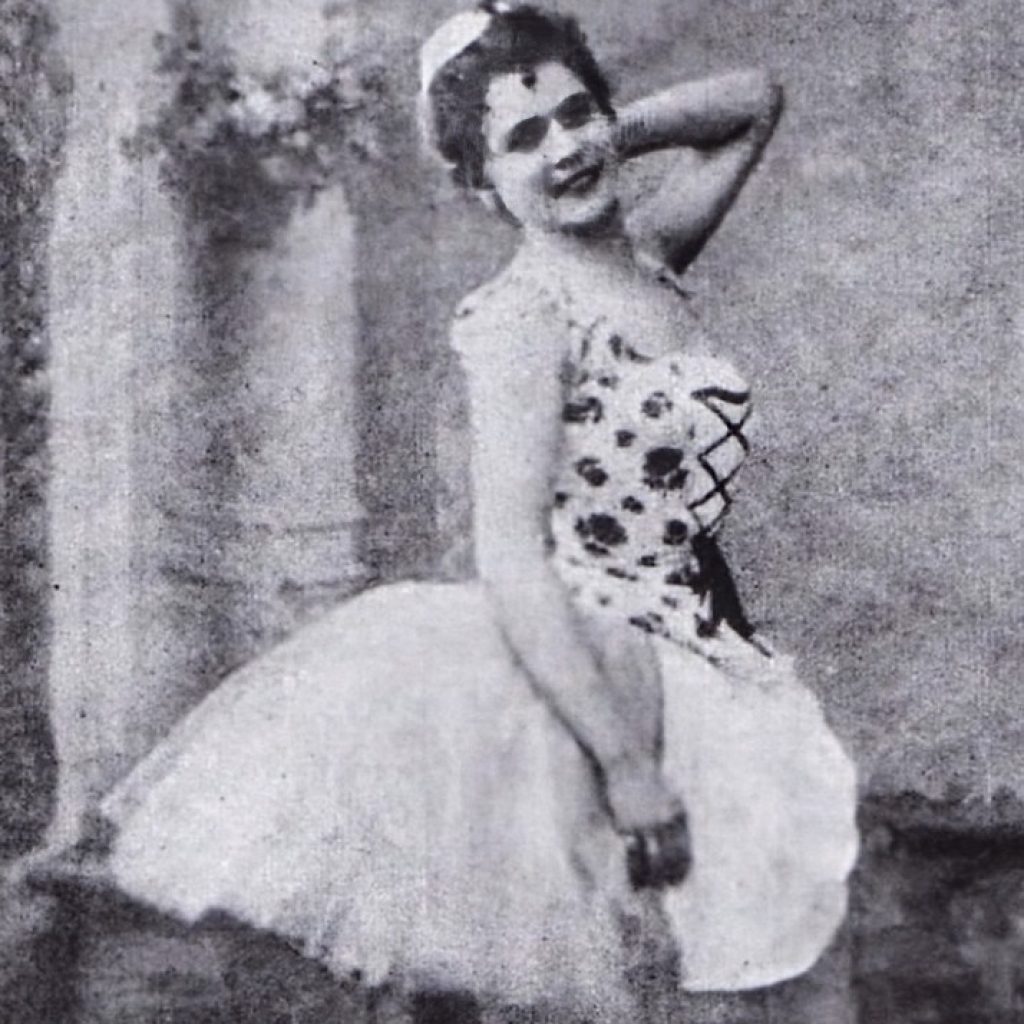
Ribbons are not just functional; they are an important part of the dancer’s line. When you see an accomplished ballerina onstage, you see a clean leg line with ribbons neatly tied. In the most adept artists, the pointe shoes and ribbons seem to mesh and become a part of the body. The ritual of tying ribbons, tucking them in, and securing them is as natural as breathing to dancers. Ribbons, for the most part, are not pre-sewn onto the shoes. Each dancer has their own special method or secret tricks that they swear by.
Ribbons have come a long way since the original silk and satin. The global market has made it easier to get all manner of ribbons from many different countries. There are a multitude of styles and colours available. The traditional double-faced satin ribbon is always a classic. Companies like Capezio, Suffolk, and Só Dança offer satin with a variety of sheens. The material gives a traditional aesthetic but can slide out of place during vigorous pointe work. Grosgrain ribbon is another option. It can be made of silk, cotton, wool, polyester, rayon, or a blend of these fibres. It does not slide the way satin does, but its matte look may not suit all tastes.
Freed of London popularised the nylon ribbons that are prevalent in ballet today. They are less shiny and have more grip than satin. Nylon ribbons are more durable and, if properly taken care of, can be used multiple times. Nylon ribbons are sold by most major dance footwear companies – Bloch, Grishko (Nikolay in the UK/Europe), and Gaynor Minden. Each company has its own unique colour that matches its shoes. Many even sell thread or stitch kits to complete the uniform look.
Hybrid ribbons came about as a necessity. Some dancers found that by cutting the ribbons and inserting a piece of elastic over the back portion of the lower leg, they experienced less pain. The ribbons work by reducing pressure and offering extra flexibility in plié. The trend was picked up by pointe shoe companies and sold as an alternative to traditional ribbons. Bunheads has a popular brand called Tendonitis Ribbons, or Flexers.
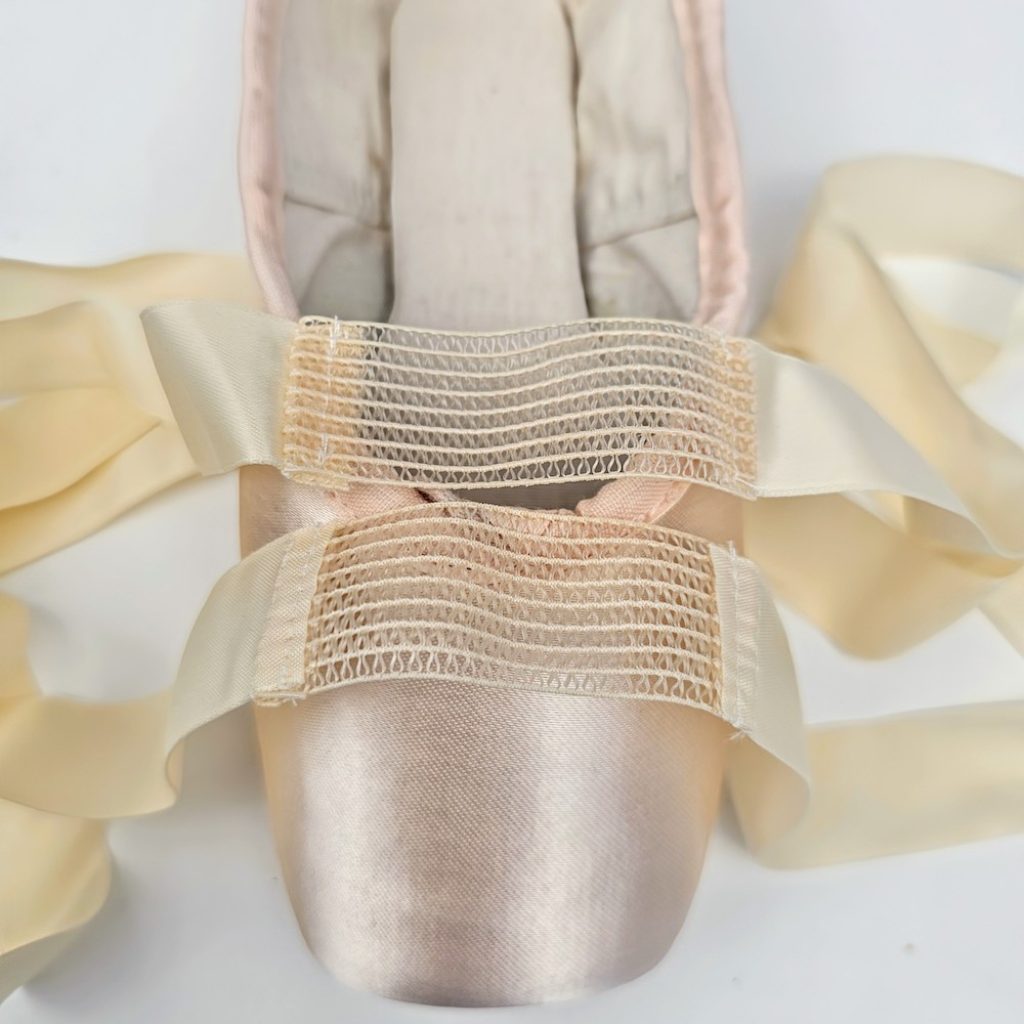
Stretch ribbons are another popular option. They move and stretch with the body and prevent the baggy ribbon look. They are made of a blend of nylon and spandex, or polyester and elastic, to provide flexibility. They range from a mild stretch, like the Chacott semi-stretch ribbon, to a very stretchy synthetic blend by Pillows for Pointes. Most dancewear companies sell a version of these ribbons. They can be a good choice for dancers who are in their shoes for multiple hours.
Now in the 21st century, the aesthetics and priorities are different. There have been innovations in pointe shoe materials – and the ribbon as well. The fast-fashion market has pushed things even further with rock-bottom prices and ribbons pre-sewn. Contemporary choreographers often prefer a stripped-down, minimalist look where ribbons are omitted in order to appear as natural as possible. Most retailers have paid attention to this trend and sell some kind of covert or “invisible” elastic made of a blend of nylon and elastane.
Change in dance is inevitable. As pointe shoes and materials continue to progress, ribbons will evolve, too. These tools can be tailored to a dancer’s skin tone, body, technique, and aesthetic. They are no longer required, but a choice.
By Mary Carpenter of Dance Informa.
Sources:
Homans, Jennifer. Apollo’s Angels: A History of Ballet. New York: Random House, 2010.
Kendall, Elizabeth. Balanchine and the Lost Muse: Revolution and the Making of a Choreographer. Oxford University Press, 2013.
Cohen, Selma Jeanne (Ed.). International Encyclopedia of Dance. Oxford University Press, 1998.


